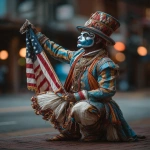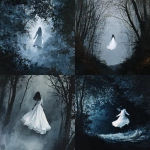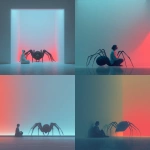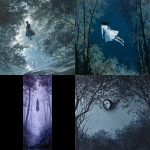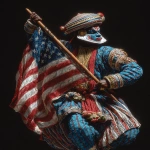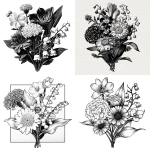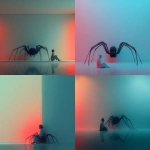Explore the Best AI Image Gallery
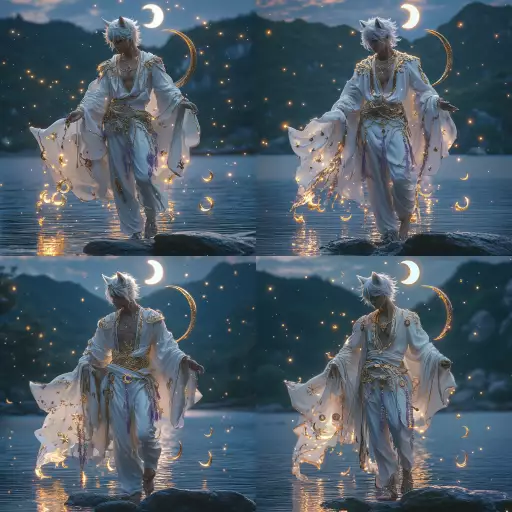
Blurring Lines: AI-Generated Media and the Future of Creativity
The realm of creative expression is undergoing a profound transformation, fueled by the rapid advancements in artificial intelligence (AI). AI-powered tools are now capable of generating stunning visuals, composing captivating music, and crafting compelling narratives, blurring the lines between human and machine creativity. This convergence presents both exciting opportunities and complex ethical considerations that demand careful examination.
The Creative Canvas Redefined
AI-generated media is revolutionizing various aspects of the creative industry. From graphic design and video production to music composition and writing, AI algorithms are empowering artists with new tools and techniques to enhance their workflow and explore innovative concepts. Imagine an artist using AI to generate intricate textures for a painting, or a musician leveraging AI to compose a unique melody based on specific parameters. These technologies can act as powerful assistants, freeing up human creativity for more conceptual and strategic endeavors.
Potential Applications Across Industries
- Art and Design: AI can assist artists in creating bespoke artwork, generating design elements, and exploring new artistic styles.
- Music Production: AI-powered tools can compose original music scores, generate sound effects, and even help musicians overcome creative blocks.
- Filmmaking and Animation: AI can be used to create realistic special effects, automate animation tasks, and generate personalized video content.
- Advertising and Marketing: AI can personalize marketing campaigns, generate engaging ad creatives, and analyze consumer preferences for targeted advertising.
Navigating the Ethical Landscape
While the potential benefits of AI-generated media are undeniable, it is crucial to address the ethical challenges that arise. Concerns surrounding copyright, authenticity, bias, and the displacement of human creativity require careful consideration.
Key Ethical Considerations
- Copyright and Ownership: Who owns the rights to AI-generated content? The creator of the algorithm, the user who provides input, or the AI itself?
- Authenticity and Misrepresentation: Can we distinguish between human-created and AI-generated content? How do we prevent the spread of misinformation and deepfakes?
- Bias and Fairness: AI algorithms can perpetuate existing biases present in the data they are trained on. It is essential to ensure fairness and inclusivity in AI-generated media.
- Impact on Human Creativity: Will AI replace human artists and designers, or will it serve as a tool to augment their abilities?
Shaping the Future of Creative Expression
The integration of AI into the creative industry is inevitable. It is essential to foster open discussions, establish ethical guidelines, and promote responsible development practices to harness the transformative power of AI while safeguarding human creativity.
Future Trends in AI-Generated Media
- Increased Personalization: AI will enable the creation of highly personalized content tailored to individual preferences.
- Emergence of New Creative Forms: AI will inspire new artistic expressions and push the boundaries of what is considered creative.
- Collaboration Between Humans and AI: The future of creativity will likely involve a seamless collaboration between human artists and AI tools.
As we navigate this evolving landscape, it is crucial to remember that AI should be viewed as a powerful tool to enhance human creativity, not replace it. By embracing ethical considerations and fostering responsible innovation, we can unlock the full potential of AI-generated media and shape a future where technology empowers artistic expression.
](https://images.ai-img.art/thumbnails/150/883252ab14abf449fba143e8d015b52b6505022ee5604f20e930fea350435cff.webp)
](https://images.ai-img.art/thumbnails/150/ad3cb3100f90e6de3389b2120c30dfebc1ecb4df72654cc0054142252adad55e.webp)
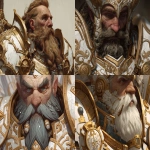




](https://images.ai-img.art/thumbnails/150/b479c71b9ce8c42d36eb158c561ae1646c708454c4ba90e72fd68296c6f57a52.webp)
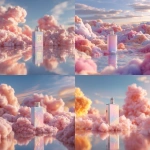
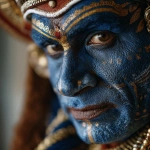
](https://images.ai-img.art/thumbnails/150/40f5616ec109375a4883745aaff6fff89d478c5edd1780ba62f32268b6f0e47a.webp)


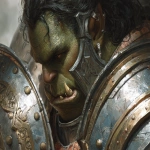
](https://images.ai-img.art/thumbnails/150/0b4c2ca8fd3b2962df2206ca8810fdae99efcdfc1a9b8aa68a113d256347af4f.webp)
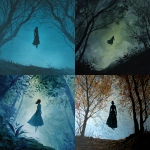

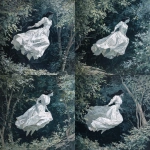
](https://images.ai-img.art/thumbnails/150/96a508d95e7379269fe047fb05a8b984468c71039b86d4b2081b6b4eebed1b65.webp)
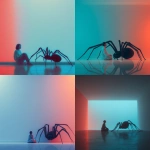
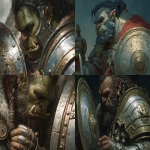
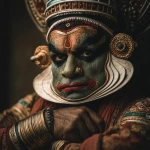
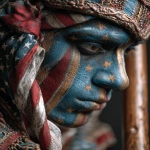


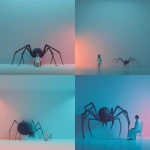
](https://images.ai-img.art/thumbnails/150/3dfec1f7632cb4fdab02c2b2738cd475c9ad3d3e5a44e189365504a6896257e5.webp)
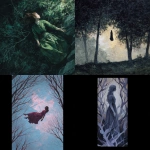

](https://images.ai-img.art/thumbnails/150/cc041db2ba44df3a2e110a04455c0fdf49948bd67b77c022669df3888598468a.webp)
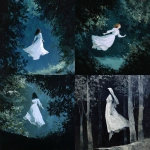

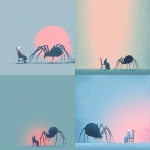
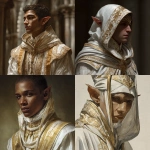


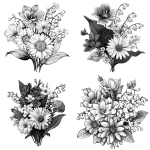
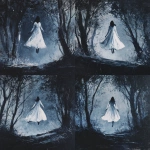
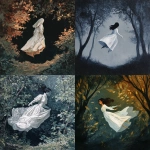

](https://images.ai-img.art/thumbnails/150/22a89c3014358777d6ad4d354d18a54c5f6f12afba558ff75c91b8eb4053130a.webp)
